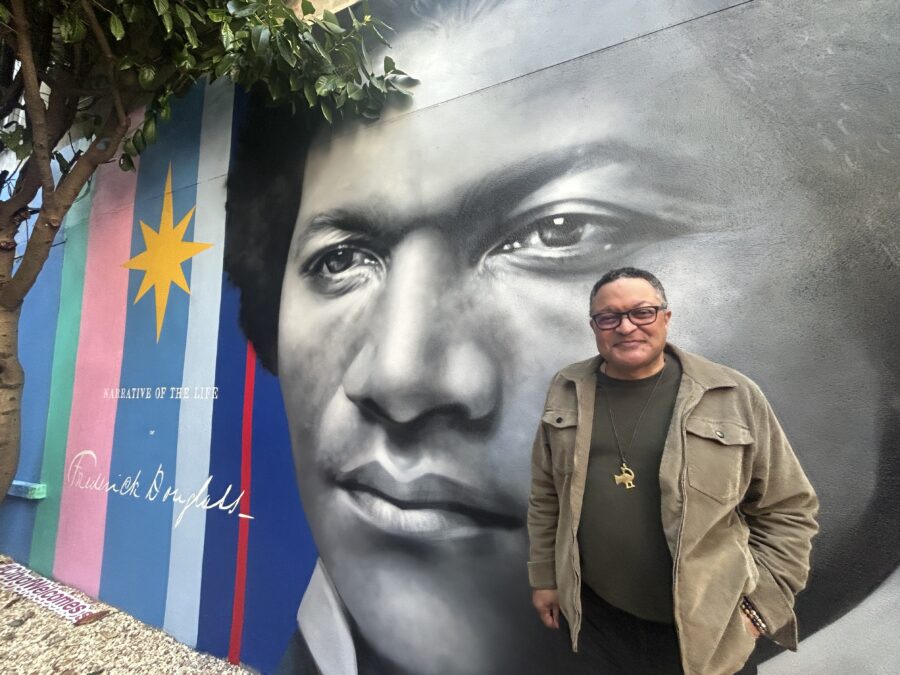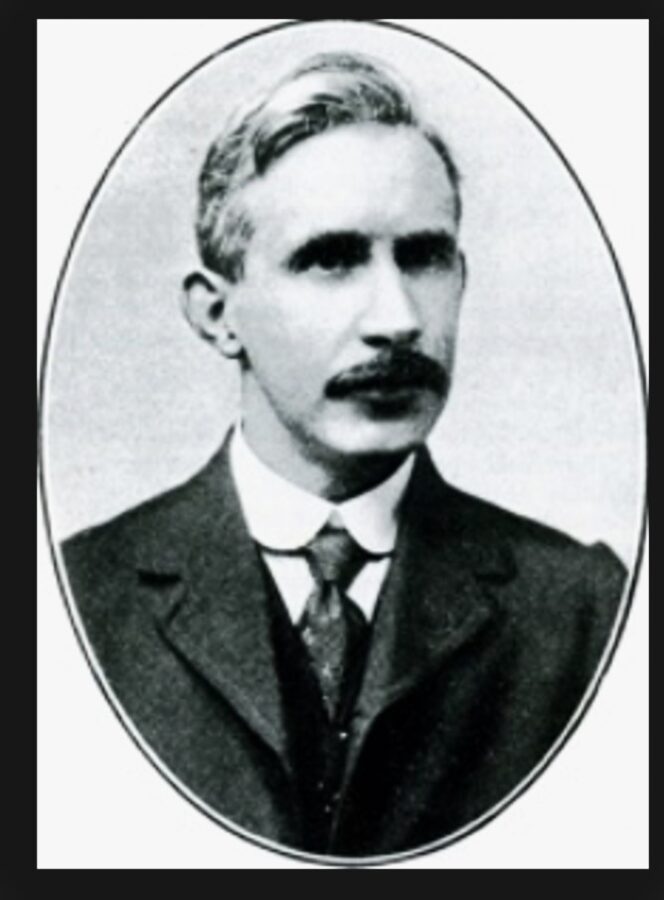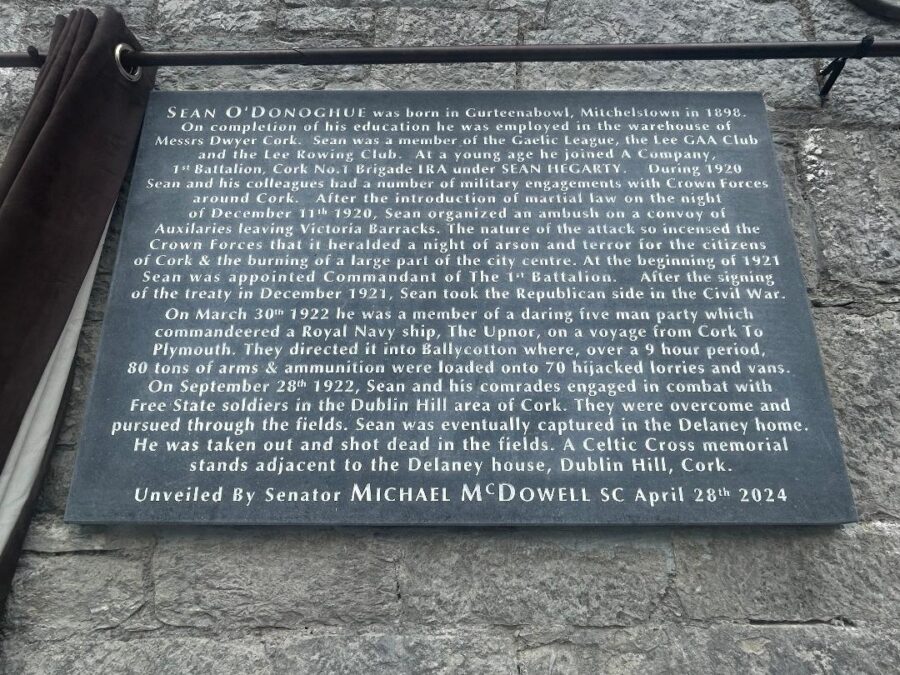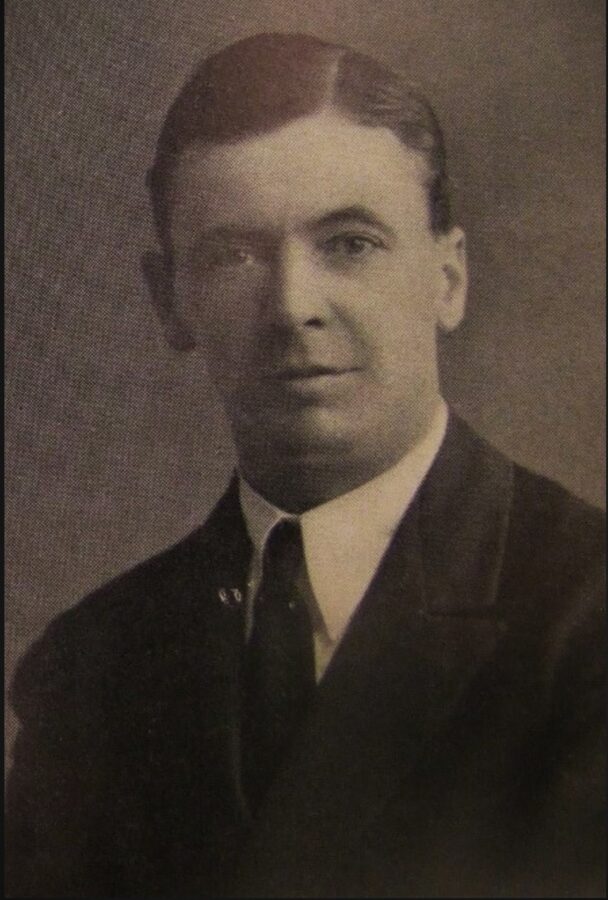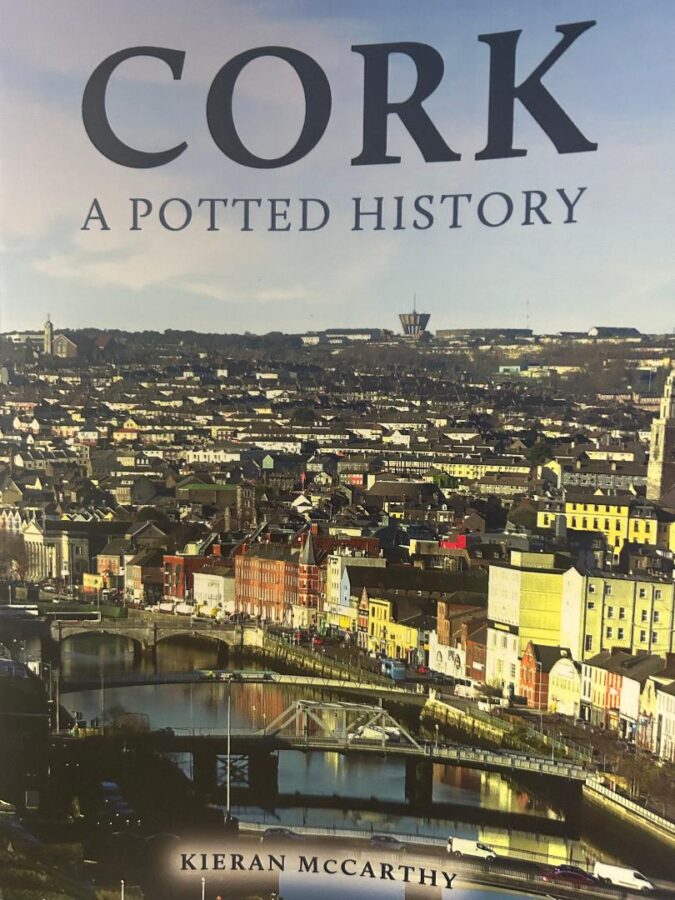
Kieran’s Our City, Our Town Article,
Cork Independent, 30 May 2024
Kieran’s New Book – Cork: A Potted History
Cork: A Potted History is the title of my new local history book published by Amberely Press. The book is a walking trail, which can be physically pursued or you can simply follow it from your armchair. Cork: A Potted History builds upon my other book from Amberley, Secret Cork, but this time it takes the viewer on a walking trail of over forty sites. It takes a line from the city’s famous natural lake known just as The Lough across the former medieval core, ending in the historic north suburbs of Blackpool.
Starting at The Lough – a Cork gem – which once hosted everything from duels to ice skating and its own tree nursery, the trail then rambles to hidden moats, ancient hospital sites, lost meeting houses, legacies of medieval remnants, across ancient streetscapes to exploring forgotten industrial urban spaces. The book reveals the city’s lesser-known heritage and hidden urban and cultural heritage features.
Places matter in Cork. The city’s urban landscape is filled with stories about its past. With some sites you might stop and contemplate as you’re passing by, and many others might not be given a second look. But a second and even a third look can reveal some interesting historical nuggets and curiosities about Cork’s development. In Cork it always pays to look above the ground floor to shop and house level.
From its marshy foundations at the lowest crossing point of the River Lee, the city spread across its steep suburban hillsides. This book is a cross-sectional journey from the south of the city to its northern prospects, commenting on a rich range of historic spaces, streets and laneways.
The book opens with the Lough and showcases one the city’s key amenities, attracting people from across the city. Many local historians like Richard Henchion and Declan Myers have written on this district, plus areas like Glasheen, Ballyphehane and Togher. This 18-acre freshwater lake was created by the erosion of moving ice during one of the glacial periods, sometime between 10,000 and 2 million years ago. It rests on a bed of limestone running east and west about 60 feet above sea level.
It is the natural collection basin into which the higher encircling ground is drained. It is also fed by rainwater and by five subterranean streams. The glaciation erosion exposed the underling limestone, an easily dissolvable rock, and the action of the water congealed and became like cement, stopping further water from seeping through the rock cavities and disappearing underground. Any excess of water is carried away by a gulley into the municipal sewer. In 1659 the population in the immediate vicinity of The Lough consisted of four persons only, all Irish in descent. Some decades later, in 1690, during the Williamite Campaign in Ireland, a detachment of King William of Orange’s army regrouped at The Lough prior to pressing the assault, which became known as the Siege of Cork. In the early eighteenth century, the lands around the lake were deemed commonage lands and rented out by the Corporation of Cork.
Indeed, from 21 October 1732 all ‘black cattle’ that stood in The Lough or on the ground about it in order to cool for slaughtering had to pay 1 penny for every head of such black cattle, a halfpenny for every pig or sheep. No freeman at large was liable to pay any of the duties as long the cattle belonged to such freeman. During the eighteenth and nineteenth centuries, when it was frozen, the waters of The Lough hosted skating. Its banks hosted seasonal fairs, with some of the city’s first suburban watchmen running time trials around The Lough, duels and even public punishment also taking place here. On the latter, in 1783, John Dwyer, Calvin Booth, John Fisher and James Ward, regimental foot soldiers who had been court marshalled for desertion, were taken to The Lough to suffer the consequences of their misbehaviour. Dwyer faced the firing squad, but the others got away with 500 lashes and transportation to Africa.
During the nineteenth century Cork-born folklore collector Thomas Crofton Croker (1798–1854) collected the Legend of the Lough. This describes a scrupulous king who disallowed his citizens from obtaining water from his castle well. There followed a reckoning whereby a curse was played out: the castle was flooded out by the well and submerged by a lake, which is now The Lough. Thomas had little school education but did read widely while working in the merchant trade. In 1813, he was apprenticed to a merchant in Cork. He managed to nurture the archaeological tastes he had acquired early on. He had considerable talent as an artist, and from the age of fourteen made several excursions in the south of Ireland, sketching and studying the character of the people.
During his rambles in southern Ireland from 1812 to 1816, Thomas collected legends, folk songs and keens (dirges for the dead). He contributed sketches to local exhibitions and wrote occasionally for a local periodical. On his father’s death in 1818 he went to London, where he obtained an appointment at the Admiralty through the influence of John W. Croker, a friend but no relative. He worked as a clerk in the Admiralty for thirty years.
In 1821 Thomas returned to southern Ireland and formed the plan of a tome published in 1824 called Researches in the South of Ireland. Thomas was twenty-six years of age on its publication. The success of his next work, Fairy Legends and Traditions of the South of Ireland, published anonymously in 1825, was so marked that he wrote a second series, illustrated by artist Daniel Maclise, which met with as favourable a reception. Both latter works were translated into German and French. They were translated into German by the Brothers Grimm.
Kieran’s Cork: A Potted History is available in any good Cork bookshop.
Caption:
1255a. Cover of Kieran’s new book Cork: A Potted History
Kieran’s Next Walking Tour:
Monday 3 June, Stories from Blackrock and Mahon, Historical Walking Tour with Kieran of Blackrock Village, from Blackrock Castle to Nineteenth Century Houses and Fishing; meet in adjacent carpark at base of Blackrock Castle, 2pm, free, 2 hours, finishes at railway line walk.
